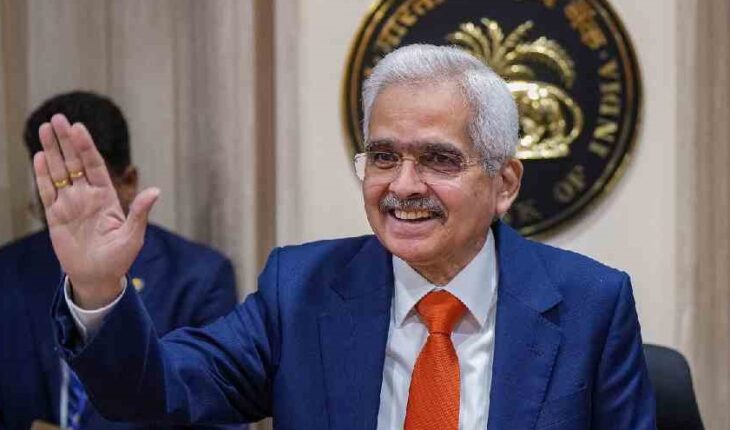New Delhi : Reserve Bank of India Governor Shaktikanta Das affirmed on Thursday that despite a slowdown in India’s gross domestic product (GDP) growth during the first quarter, the South Asian economy is on track to achieve the projected full-year growth rate of 7.2 per cent.
India’s GDP growth for the April-June quarter decelerated to 6.7 per cent year-on-year, falling short of the anticipated 6.9 per cent and the RBI’s forecast of 7.1 per cent. This moderation was attributed to a decline in government spending during the national elections.
Speaking at the annual FIBAC banking conference, Das emphasised that the fundamental growth drivers of the Indian economy are not diminishing but rather gaining momentum.
He expressed confidence in India’s economic trajectory, stating, “The Indian growth story remains intact.”
Das highlighted positive indicators for the remainder of the year, noting that agriculture is expected to perform better due to a favourable monsoon, which will likely boost rural demand.
Additionally, robust investment activity and increased government capital expenditure are anticipated to further stimulate economic growth.
“It is evident that India is on a sustainable growth path. Consumption and investment demand, the two main drivers of growth, are growing in tandem.
The RBI’s projection of a 7.2 per cent GDP growth rate for 2024-25 remains reasonable,” Das stated.
Regarding inflation, Das acknowledged the current balance between inflation and growth but stressed the importance of maintaining price stability to support long-term economic growth.
He pointed out that disinflation efforts have been challenged by fluctuating and high food prices, noting, “It is the headline inflation, particularly with food inflation comprising 46 per cent of the index, that affects public perception.”
Das expressed optimism that favourable monsoon conditions could improve the food inflation outlook over the year.
He emphasised the need to remain vigilant about inflationary pressures and to navigate the final stages of disinflation while upholding the credibility of the flexible inflation targeting framework, which he described as a significant structural reform.






